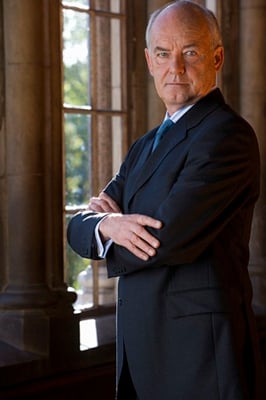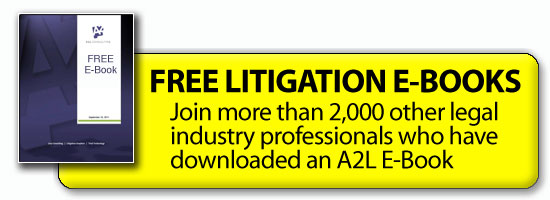At A2L, we have the privilege of working with experts in many diverse and highly technical fields, such as software patents, polymer patents, semiconductor patents, medical device design, environmental remediation, construction, financial disclosure, economic damages, transportation safety, corporate management and many more.
When we work with these highly educated and often brilliant specialists – people whose testimony can often make the difference between victory and defeat for our clients – our task is, quite simply, to help them be as effective as possible. We achieve this primarily by helping the attorneys painstakingly prepare them for their deposition testimony before trial and for their direct testimony during trial, including the development of visual presentations that track their testimony. Experts must not only be well prepared for their own set testimony, but even more so for every possible attack by cross-examination, which is really where the case can be won or lost.
In general, experts fall into two camps when it comes to their ability to use visual aids to support and even explain their testimony. Some welcome the help from trial graphics consultants so that their highly technical presentation will be better understood by a jury of laymen (and even the judge, who may not be technically savvy), but some are already quite certain that they will be well understood by judges and juries and don't think “charts” are going to help.
This article provides tips for how a litigator can deal with the latter, more difficult, type.
Twenty years ago, many trial lawyers believed that trial graphics were unnecessary to help them be persuasive to juries and judges. But now we have studies showing the overwhelming benefit of using visual tools in the courtroom, and especially because the pace at which people (remember, judges and juries are people) expect to receive information is ever increasing, these old-school views are no longer valid.
So how does one convince an expert witness who is a specialist on his or her subject matter and often testifies about it in court that he or she should accept some help at being understood?
I suggest three possible strategies.
- Appeal to the expert’s ego. Tell the expert that most jurors and many judges are just not as smart as the expert, so they need the visual tools to help them understand it. A useful quote may inspire a willingness to accept the need to communicate more effectively. Machiavelli said, “Before all else, be armed.” But, be armed with the right tool and the understanding that the typical juror may not have a college degree and is most used to learning by watching television.
- Video-test the expert. If the expert has shown any interest in improving the quality of his or her testimony, there is no better way to begin than using repeat video tests. This can be done with or without a live mock jury or an online evaluation service. In the world of performing, there is a cliché that is equally useful for the courtroom: A bad dress rehearsal means a great performance.
- Give up. Why try to force someone into a situation that he or she is not ready for? The expert, whom you need to look as confident as possible, will simply register discomfort on the stand. And in expert testimony, persuasion is 20% what you know and 80% how you feel about what you know. The reality is that, if the suggestions above have failed, this is probably the wrong expert, and next time, you should shop around. As a litigator, you should no more have to explain the need for thoughtfully developed visual aids to an expert any more than a client should have to explain this to you. After all, one cannot after all expect to solve today’s problems with yesterday’s tools.







Leave a Comment